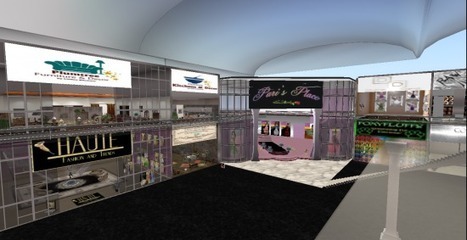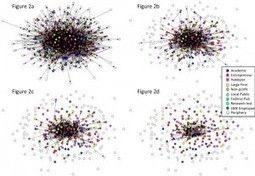
Credit card thieves have figured out a way to steal money from OpenSim grid owners.
They take the credit cards, and use them to purchase virtual currency from the grids. Then they turn around and redeem the currency for cash before the card holder notices the theft and complains. The credit card company reverses the transaction and now the grid is out the full amount — plus the time spent dealing with the issue.
Any grid that issues its own virtual currency and allows it to be redeemed is potentially vulnerable. Second Life, for example, to combat against this kind of fraud, has a security API in place for third-parties that trade its currency, such as outside currency exchanges, as well as internal controls.
Via www.hypergridbusiness.com
 Virtual Worlds Working Group
Virtual Worlds Working Group







Recent Comments